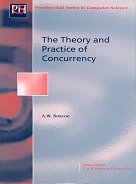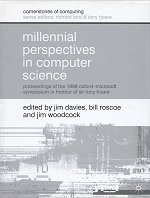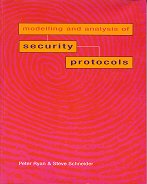Security protocols are one of the most critical elements
in enabling the secure communication and processing of information,
ensuring its confidentiality, integrity, authenticity and availability.
These protocols are vulnerable to a host of subtle attacks,
so designing protocols to be impervious to such attacks
has proved to be extremely challenging and error prone.
This book provides a thorough and detailed understanding
of one of the most effective approaches to the design and evaluation of security critical systems,
describing the role of security protocols in distributed secure systems
and the vulnerabilities to which they are prey.
The authors introduce security protocols, the role they play and the cryptographic mechanisms they employ,
and progress to detail their role in security architectures, e-commerce, e-cash and so on.
Precise characterizations of key concepts in information security,
such as confidentiality, authentication and integrity are discussed
and a range of tools and techniques are described which will ensure that
a protocol guarantees certain security services under appropriate assumptions.


